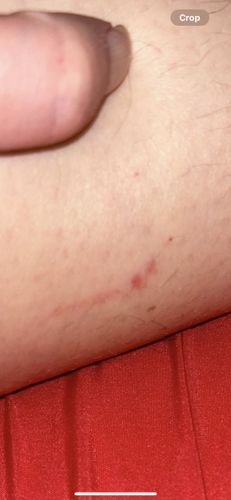Bed Bug
Scientific Name: Cimex lectularius
Order & Family: Hemiptera, Cimicidae
Size: Adults are typically 4-5 mm (about 3/16 inch) long, oval-shaped, and flattened.

Natural Habitat
Dwellings, especially in cracks and crevices of mattresses, bed frames, furniture, and walls. They are typically found in areas where humans sleep or rest.
Diet & Feeding
Exclusively feed on the blood of warm-blooded animals, primarily humans. They emerge at night to feed, typically biting exposed skin.
Behavior Patterns
Nocturnal, hiding during the day and emerging to feed at night. They are attracted to carbon dioxide and body heat. Bed bugs are very resilient and can survive for several months without a blood meal. They reproduce rapidly, laying eggs in hidden locations.
Risks & Benefits
Potential risks include itchy red welts from bites, allergic reactions, secondary skin infections from scratching, and psychological distress. They are not known to transmit diseases to humans. There are no known benefits of bed bugs to humans or the ecosystem.
Identified on: 9/5/2025